Have you ever wondered if your cat truly trusts you, or if it’s just tolerating your presence for the food and shelter you provide? The moment a cat finally lets down its guard and reveals trust is a magical, heart-melting experience—one every cat lover craves. But cats are famously mysterious, masters at hiding their feelings and intentions. So, how can you tell when you’ve finally crossed that invisible line from “just another human” to cherished companion? Let’s uncover the subtle, surprising signs and behaviors that show your cat has begun to trust you completely.
Your Cat Approaches You Voluntarily

The first and most telling sign of trust is when your cat chooses to come to you on its own. Cats are naturally cautious creatures, and in the wild, they rely on their instincts to survive. When your cat walks over to you, rubs against your legs, or simply sits near you without being called, it’s expressing comfort and confidence in your presence. This voluntary contact is their way of saying, “I feel safe with you.” It might take days, weeks, or even months, but when it happens, it’s a truly special moment. If your cat starts making a habit of approaching you, especially in unfamiliar or noisy environments, it means you’ve won its trust in a big way.
Slow Blinks: The Ultimate Feline Compliment

When your cat looks at you and slowly closes its eyes, then opens them again, you’ve just received a feline slow blink—a gesture often called a “cat kiss.” This is one of the clearest, most genuine indicators of trust. In cat language, blinking slowly is the opposite of staring, which can be seen as a threat. It’s your cat’s way of saying, “I feel so safe that I can close my eyes around you.” Try returning the gesture with your own slow blink. Your cat may respond in kind, building an even deeper bond of trust between you.
Your Cat Exposes Its Belly

Few things are as adorable—or as confusing—as a cat rolling over and showing its belly. While some people mistake this for an invitation to pet, not all cats appreciate a belly rub. What’s important to remember is that the belly is a cat’s most vulnerable area. If your cat exposes its stomach while lying near you, stretching, or even napping, it’s a powerful sign of trust. The cat is signaling that it feels comfortable and unthreatened in your presence, letting its guard down completely.
Purring in Your Presence

A purring cat is often a happy cat, but purring is more than just a sign of contentment. Cats purr when they feel safe, relaxed, and trusting. If your cat curls up next to you and purrs softly, it’s sharing a private moment of comfort and security. Sometimes, cats will even purr to comfort themselves in stressful situations, but when your cat purrs as it snuggles on your lap or beside you, it’s a strong signal that it trusts you fully.
Following You From Room to Room
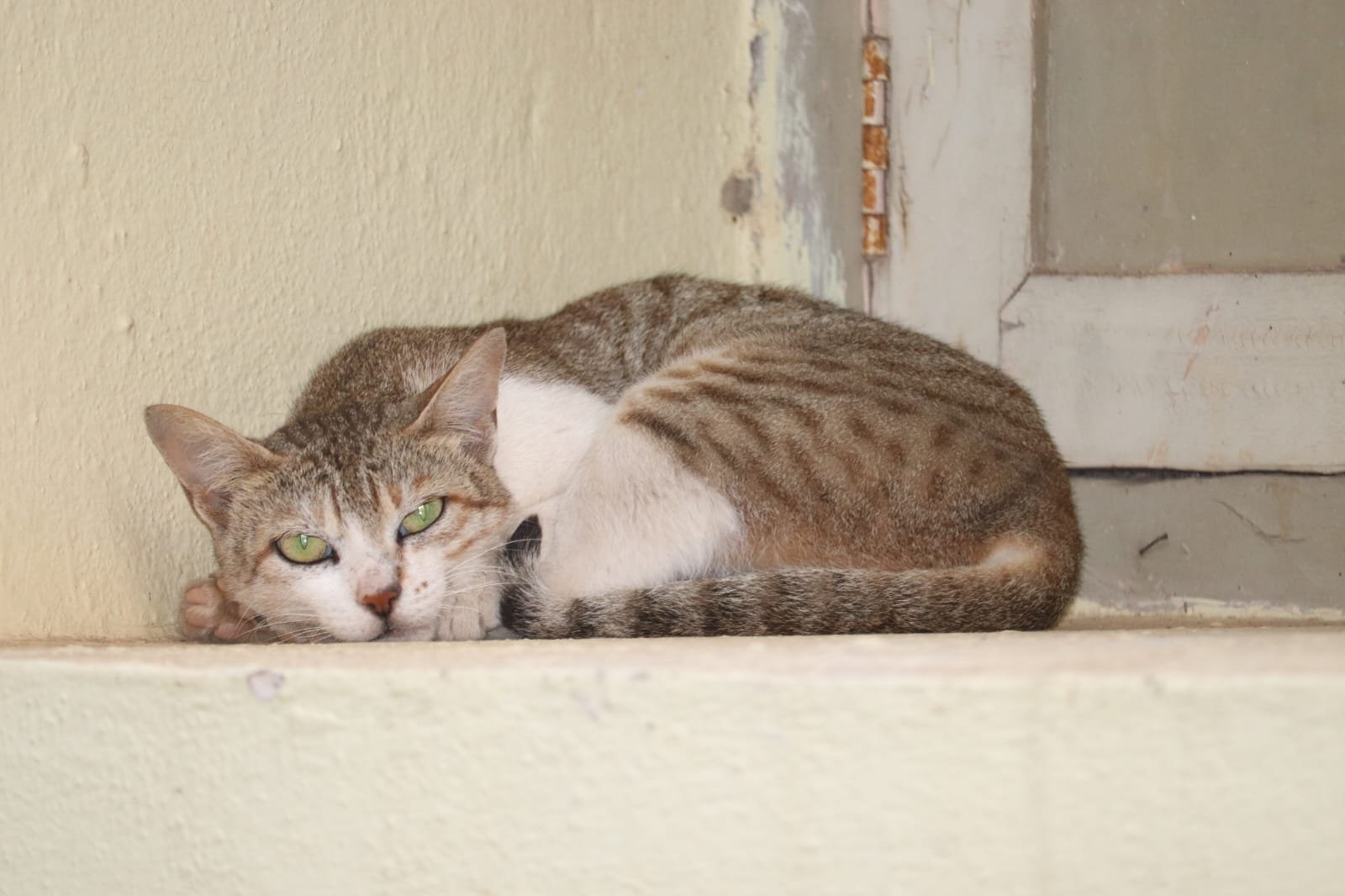
Does your cat seem to appear everywhere you go? If your furry companion follows you from the kitchen to the living room, or even waits outside the bathroom door, you can be sure that trust is in the air. Cats are territorial animals, and their willingness to be near you—even when you’re doing mundane tasks—shows they see you as part of their safe space. Some cats will quietly observe, while others might vocalize or nudge you for attention, but their presence is a sign they want to be close.
Letting You Touch Sensitive Areas
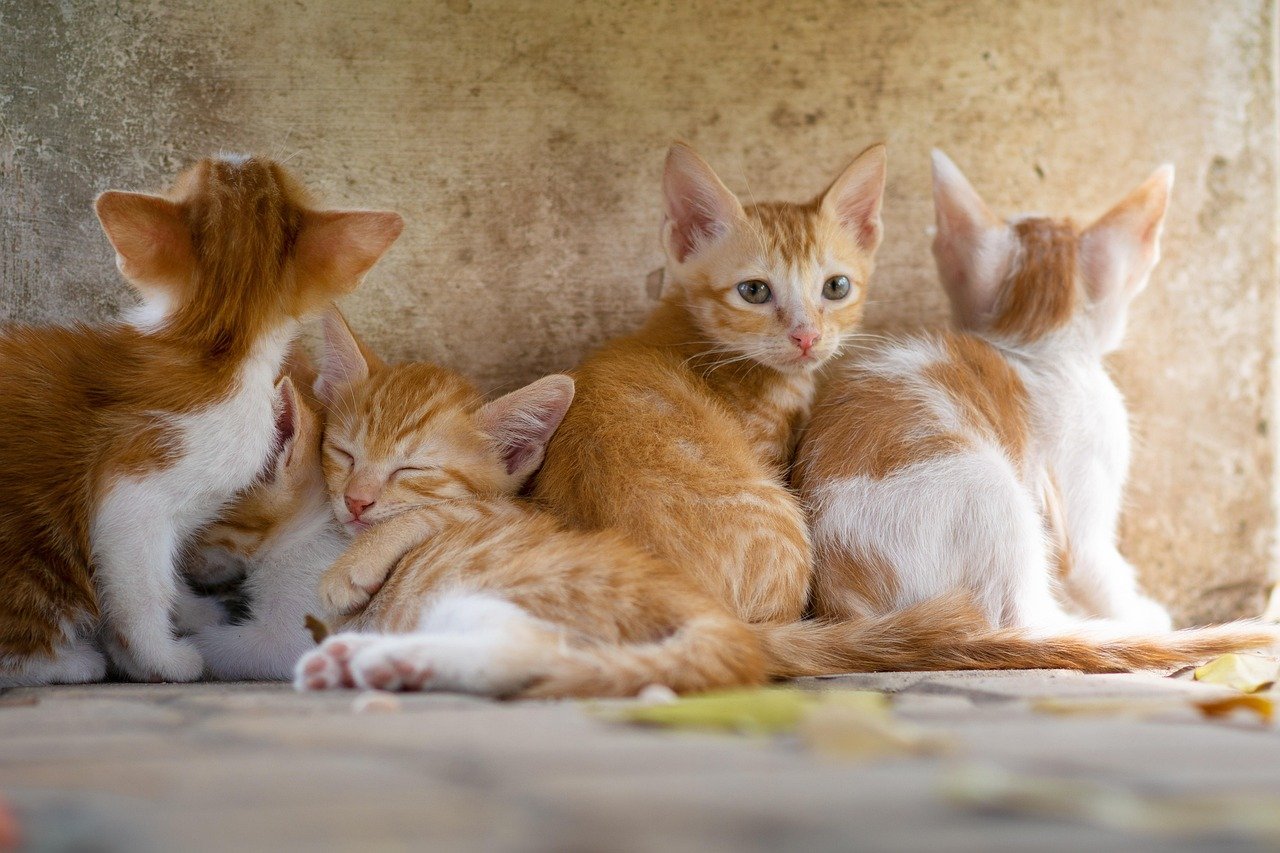
For most cats, the head, cheeks, and back are safe spots for petting. But the true test of trust comes when a cat allows you to touch more sensitive places like the paws, ears, or even the belly. These are areas where cats usually don’t like to be handled unless they feel completely secure. If your cat lets you groom, trim its nails, or touch these sensitive spots without resistance, it’s a clear indication that it trusts you implicitly.
Bringing You “Gifts”

It might not always be pleasant—think a dead mouse or a feather—but when your cat brings you gifts, it’s a sign of deep trust. In the wild, cats bring prey to those they care about, especially kittens and trusted companions. When your cat deposits its “treasures” at your feet, it’s not only sharing its hunting prowess but also demonstrating a strong social bond. It’s saying, “I trust you enough to share what’s important to me.”
Sleeping Close to You
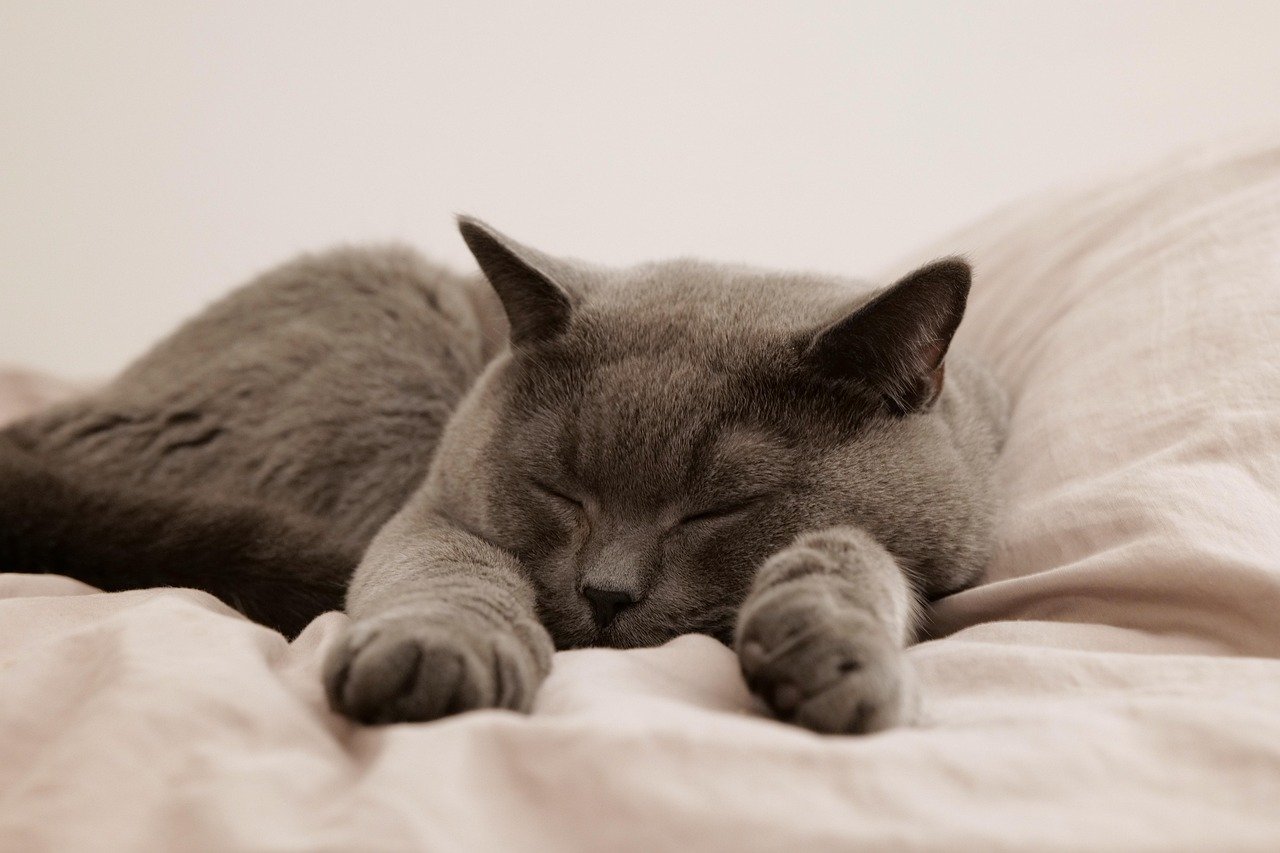
Cats are at their most vulnerable when they sleep, and their choice of sleeping spot is a huge indicator of trust. If your cat chooses to nap on your lap, at your feet, or even right beside you in bed, it’s a clear sign of affection and security. This behavior means your cat feels safe enough to let its guard down, knowing you’ll protect it from harm. Over time, you may notice your cat seeking out your warmth and presence more frequently as the bond grows.
Playful Behavior Around You

Play is an essential part of a cat’s life, not just for kittens but for adults too. When a cat engages in play with you—chasing toys, pouncing, or rolling over—it’s a sign that it feels safe and happy. Playful behavior means your cat trusts you enough to be vulnerable and let loose. It’s also a way for cats to express their affection, as they often reserve their most energetic play for those they feel closest to.
Kneading With Their Paws
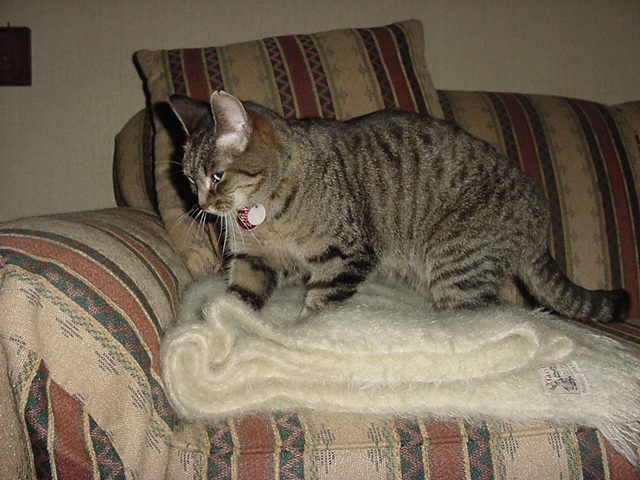
Kneading, sometimes called “making biscuits,” is a behavior that starts in kittenhood. When your cat presses its paws alternately against your lap, blanket, or even your chest, it’s expressing contentment and trust. This action is associated with nursing and comfort, and cats carry it into adulthood as a sign of feeling secure. If your cat kneads you, it’s reliving those comforting feelings from its earliest days and associating them with you.
Chirping and Trilling at You

Beyond the classic meow, cats have a variety of vocalizations reserved for those they trust. Chirps and trills are friendly, social sounds that cats use to greet and communicate with those they feel close to. If your cat greets you with a chirp or a trill when you enter the room, it’s a sign that it sees you as part of its inner circle. These sounds are an intimate form of communication, reserved only for the most trusted humans.
Grooming You With Licks or Gentle Nibbles

Cats groom each other as a sign of affection and trust. When your cat licks your hand, face, or hair, it’s treating you like a fellow feline family member. Sometimes, this grooming includes gentle nibbles, which are another way cats show love. This behavior not only strengthens your bond but also demonstrates a level of trust that’s hard to beat.
Tail Language: The Upright Tail Greeting
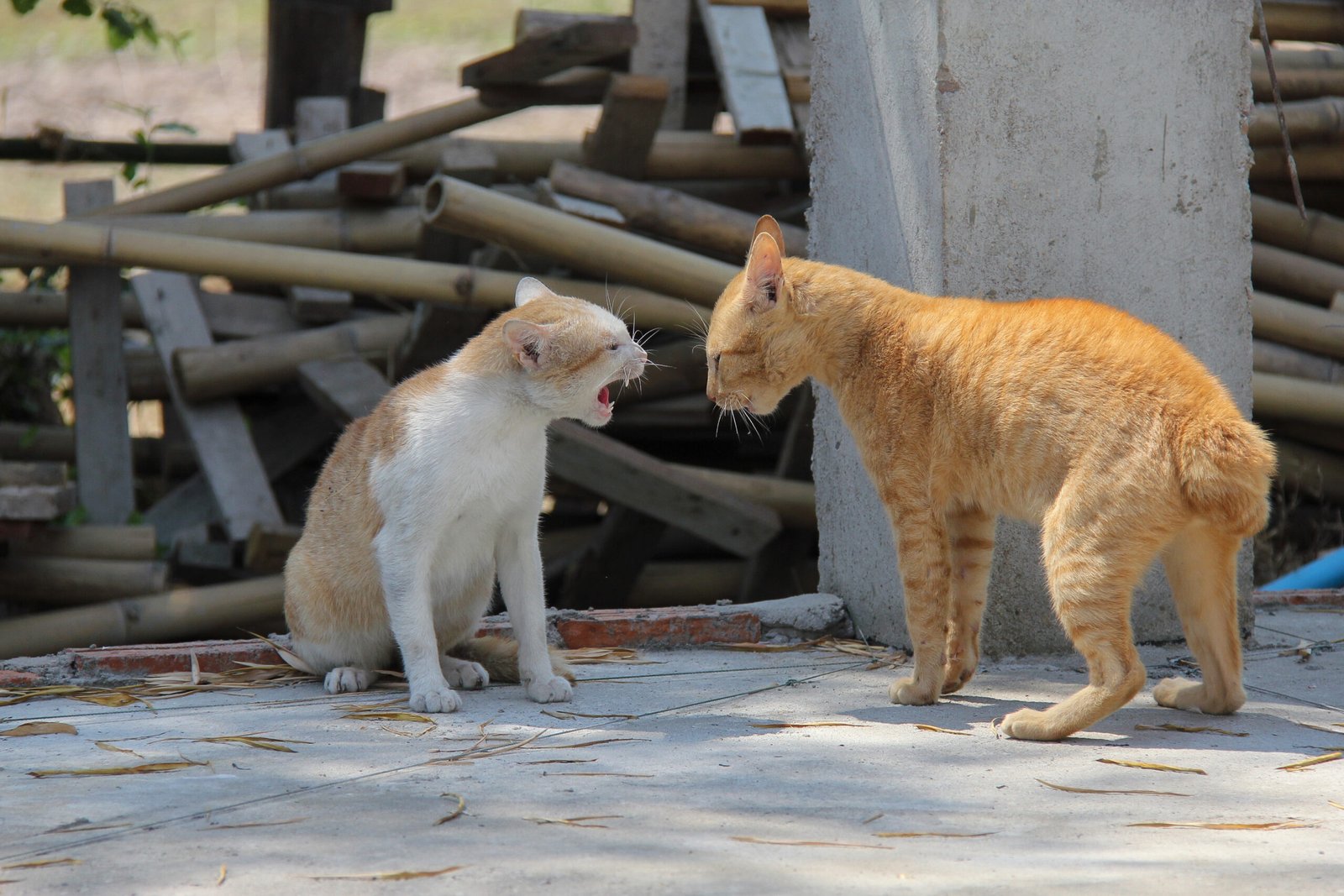
A cat’s tail is a powerful communicator. When your cat greets you with its tail held high, often with a little curve at the tip, it’s a sign of happiness and confidence. This posture is often reserved for trusted friends and family. If your cat approaches you with an upright tail and perhaps a soft purr, you can be sure that trust is present.
Head Butting and Face Rubbing

Cats have scent glands on their heads and cheeks. When your cat rubs its face against you or gives you a gentle head butt, it’s marking you as part of its territory and social group. This scent marking is a deeply instinctual act of trust and affection. If your cat head butts you regularly, it’s a sign that it considers you family.
Minimal Signs of Stress in Your Presence

An anxious or fearful cat will display stress signals like flattened ears, dilated pupils, or a tucked tail. When your cat’s body language is relaxed—ears forward, whiskers relaxed, eyes soft—it means your presence brings comfort rather than anxiety. If your cat lounges nearby, stretches out, or purrs when you’re around, it’s a sign that it feels safe and secure with you.
Not Hiding When Strangers Visit
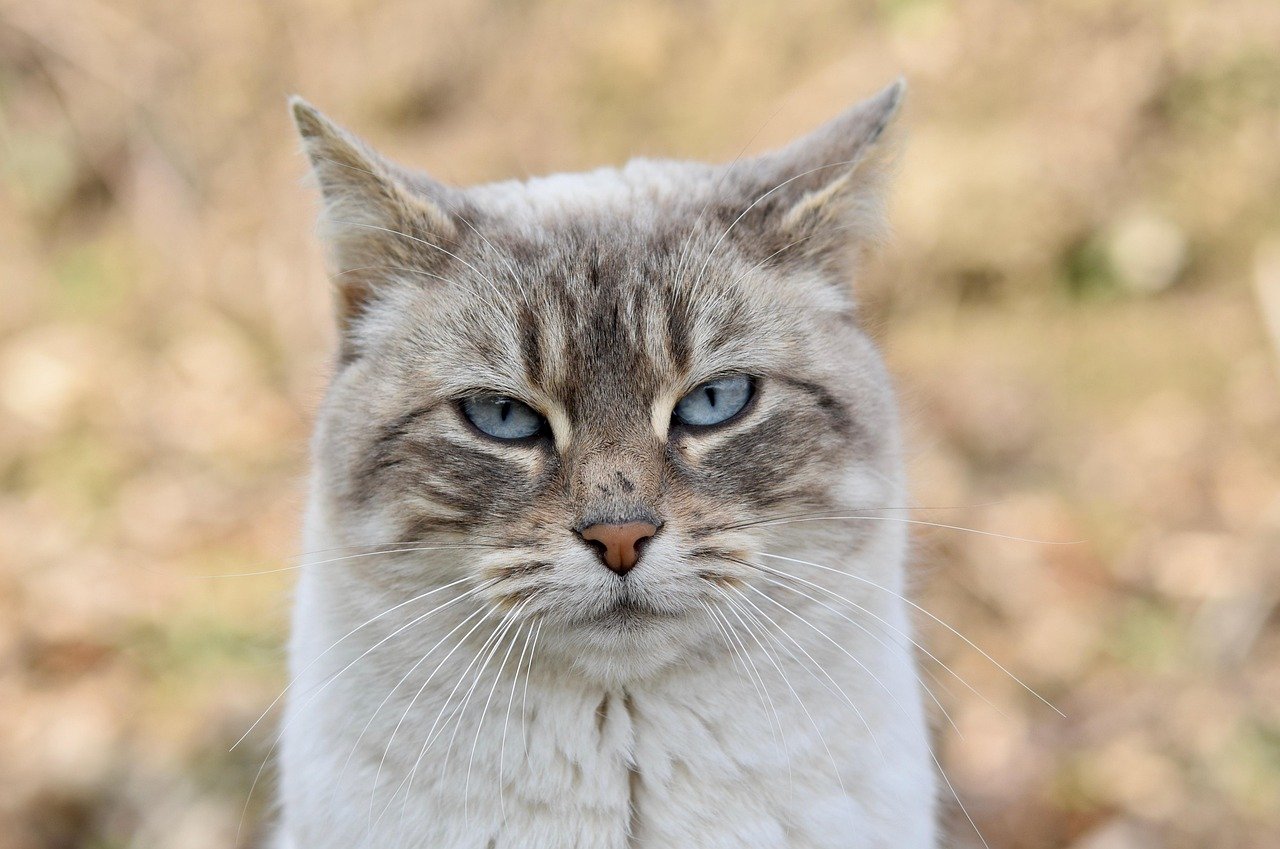
Cats often dash under the bed or to a quiet corner when strangers arrive. But if your cat chooses to stay near you, or even comes out to investigate when new people are around, it’s a sign of trust. Your cat sees you as a safe base and trusts your judgment. It knows that if you’re calm, there’s no need to be afraid, and your presence provides a sense of security.
Responding to Your Call or Voice
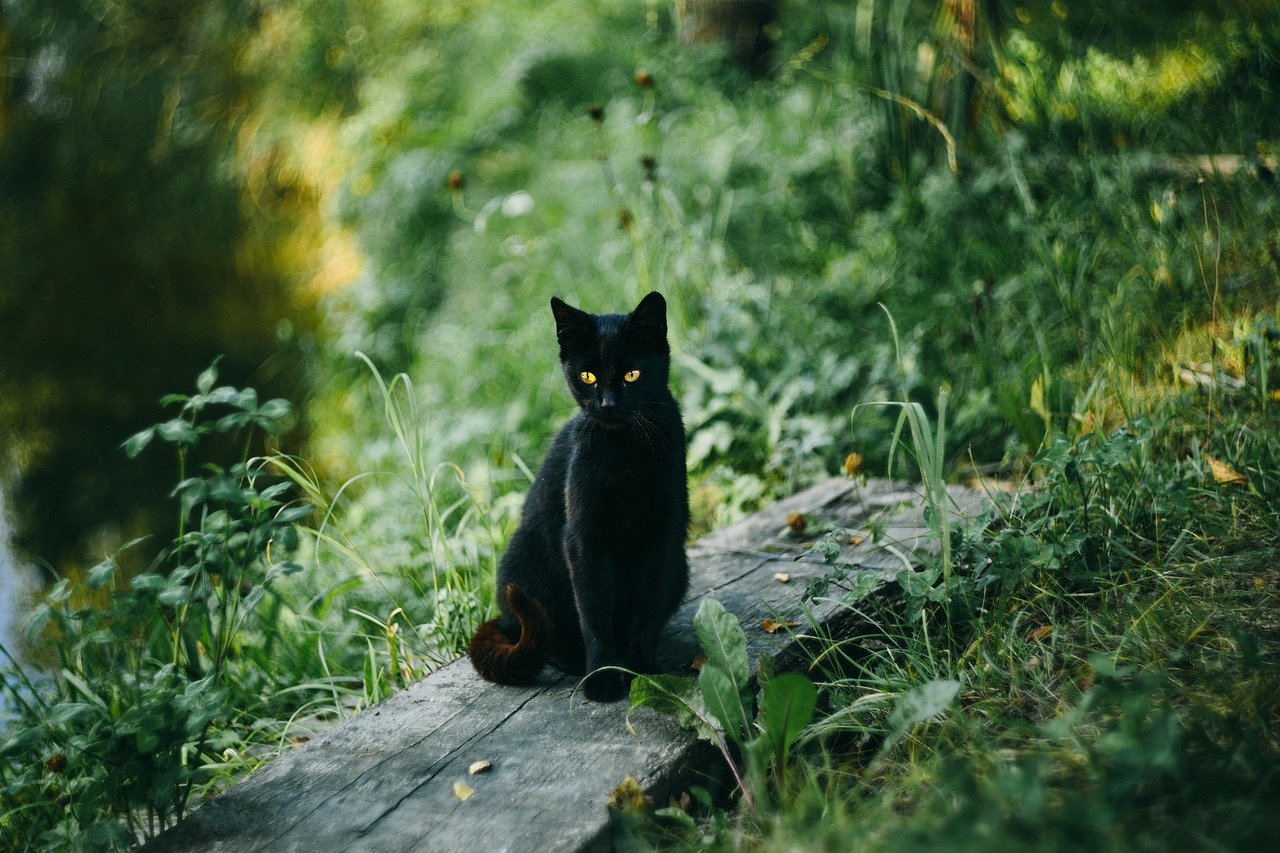
Many people believe cats ignore their owners, but that’s rarely true when trust is involved. If your cat responds when you call its name, or perks up when it hears your voice, it’s a clear sign of recognition and trust. Your cat associates your voice with positive experiences—food, affection, and safety. Over time, this response becomes stronger, and you might even notice your cat seeking you out when it hears your familiar tone.
Allowing You to Pick Them Up
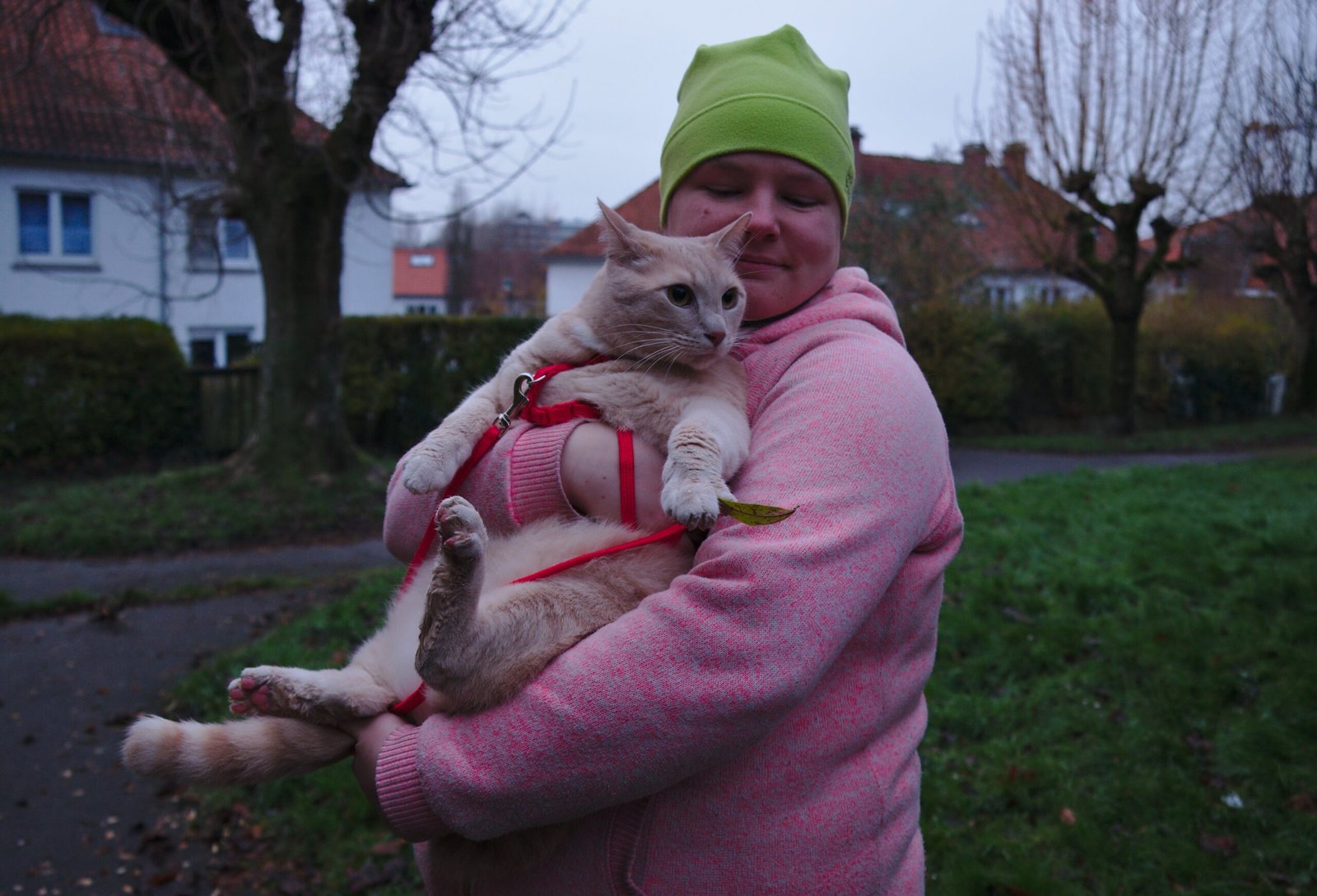
Not all cats enjoy being picked up, but those that trust you deeply will tolerate, or even enjoy, being held. If your cat allows you to scoop it up without a struggle, relaxes in your arms, or even purrs while being held, it’s demonstrating a high level of trust. This is especially true if your cat climbs onto your lap or chest on its own, signaling that it feels completely safe in your embrace.
Eating in Your Presence
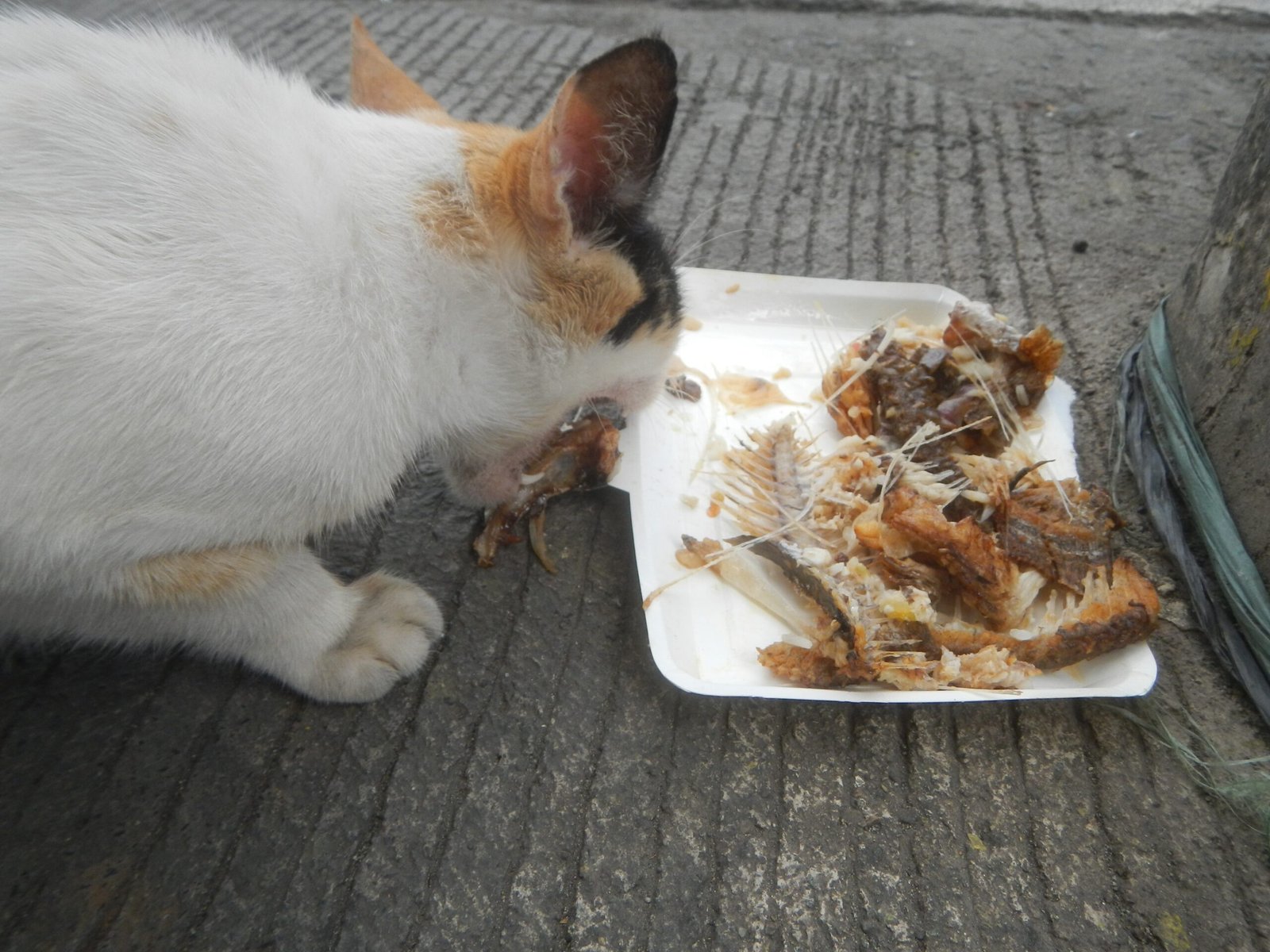
Cats are naturally cautious eaters. In the wild, eating leaves them vulnerable, so they only eat in safe, secure environments. If your cat eats while you’re nearby, or better yet, accepts treats directly from your hand, it’s a sign that it trusts you. Some cats will even invite you to sit with them while they eat, showing that they associate you with safety and comfort.
Allowing Eye Contact Without Fear
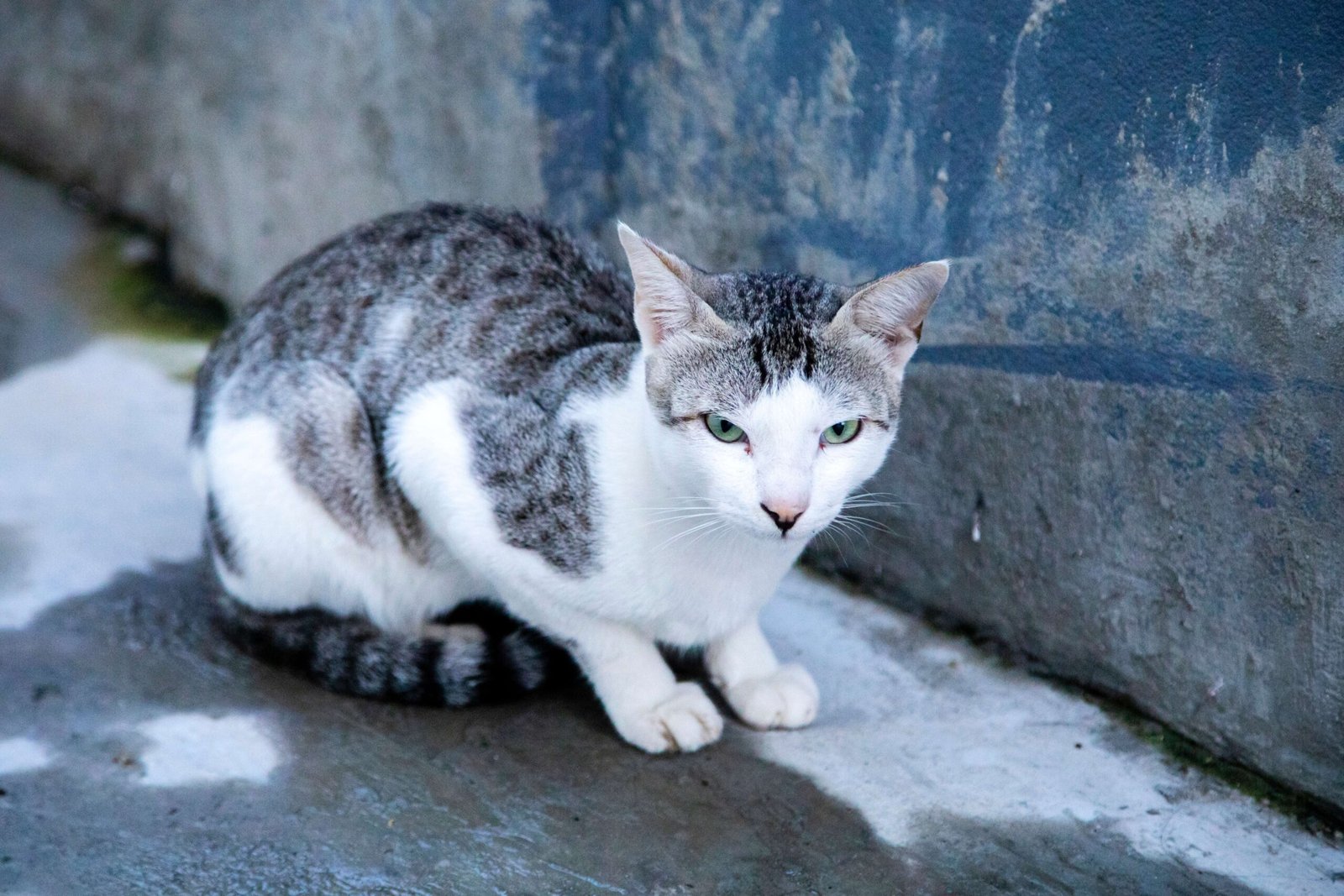
Direct eye contact can be intimidating for cats, especially with strangers or in stressful situations. If your cat willingly holds your gaze, especially while displaying relaxed body language, it’s a powerful sign of trust. Pairing eye contact with slow blinking or a gentle purr further underscores your cat’s comfort level. This unguarded gaze is a beautiful, silent conversation between two friends.
Displaying Contentment Through Body Language
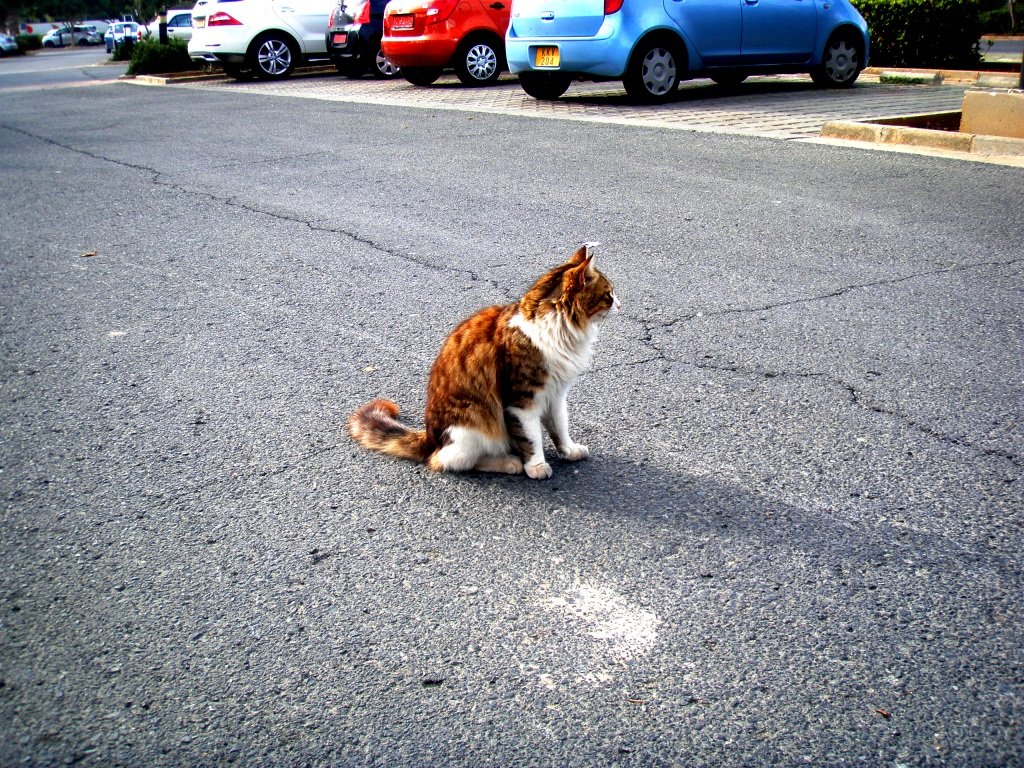
Finally, a truly trusting cat will show overall contentment through its body language. Relaxed muscles, stretched-out limbs, soft eyes, and a gentle, rhythmic purr all signal that your cat feels safe and secure with you. Sometimes, your cat may even flop over dramatically, stretching out in a way that screams, “I trust you.” These subtle cues, when observed together, paint a clear picture of trust and affection.
What moment made you realize your cat finally trusts you?
Hi, I’m Bola, a passionate writer and creative strategist with a knack for crafting compelling content that educates, inspires, and connects. Over the years, I’ve honed my skills across various writing fields, including content creation, copywriting, online course development, and video scriptwriting.
When I’m not at my desk, you’ll find me exploring new ideas, reading books, or brainstorming creative ways to solve challenges. I believe that words have the power to transform, and I’m here to help you leverage that power for success.
Thanks for stopping by, Keep coming to this website to checkout new articles form me. You’d always love it!






